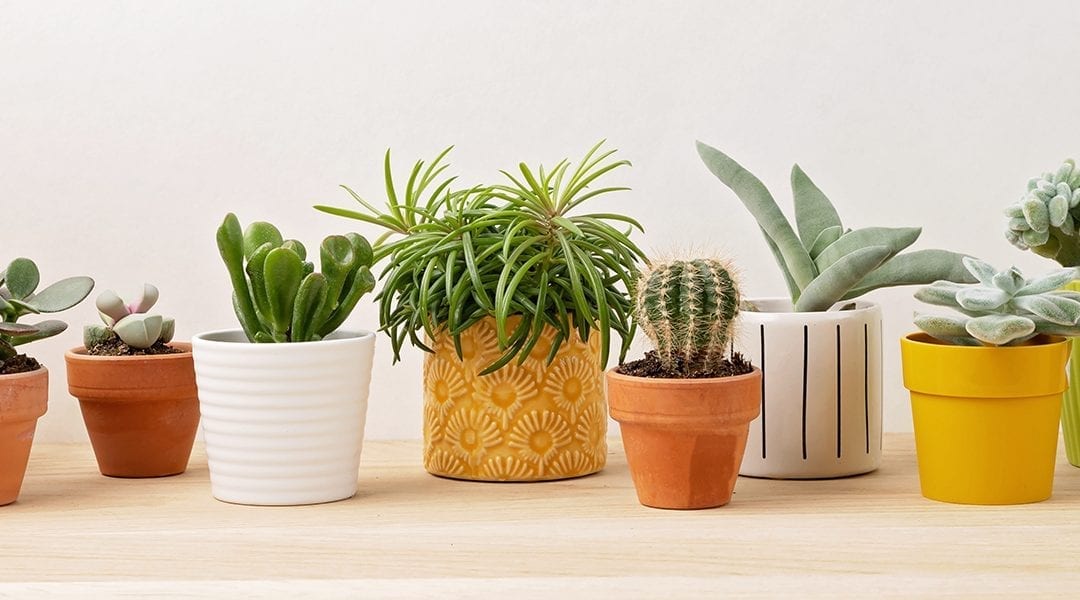A ceramic material is an inorganic non metallic often crystalline oxide nitride or carbide material.
The usual raw material for ceramics generally found beneath the top soil is.
Clay was the raw material used to make the first synthetic ceramics pottery.
Tips on how to process clay.
It is formed primitively naturally dried and fired in the kilns in the workshop gür et al 2012 clay brick is the oldest and most used building material has been manufactured at the waterfronts where suitable soil could be found ward perkins 1981 fernandes et al 2010.
Their name come from the greek keramos which signifies baked potters clay.
Clay brick is a product of a brick dough which consists of clayey soil and water.
The soil materials in table 3 6 seldom occur separately and this necessitates a further classification according to the percentage of each that the soil contains.
The usual raw material for ceramics generally found beneath the top soil is a sand b silt c clay d plaster of paris.
Some elements such as carbon or silicon may be considered ceramics ceramic materials are brittle hard strong in compression and weak in shearing and tension.
This is shown in the soil classification triangle from which it can be seen that for example a sandy clay loam is defined as soil which contains 50 to 80 sand 0 to 30 silt and 20.
Ceramics are among the oldest materials used by man since the natural ceramics rocks are the essential constituents of the earth s crust.




























